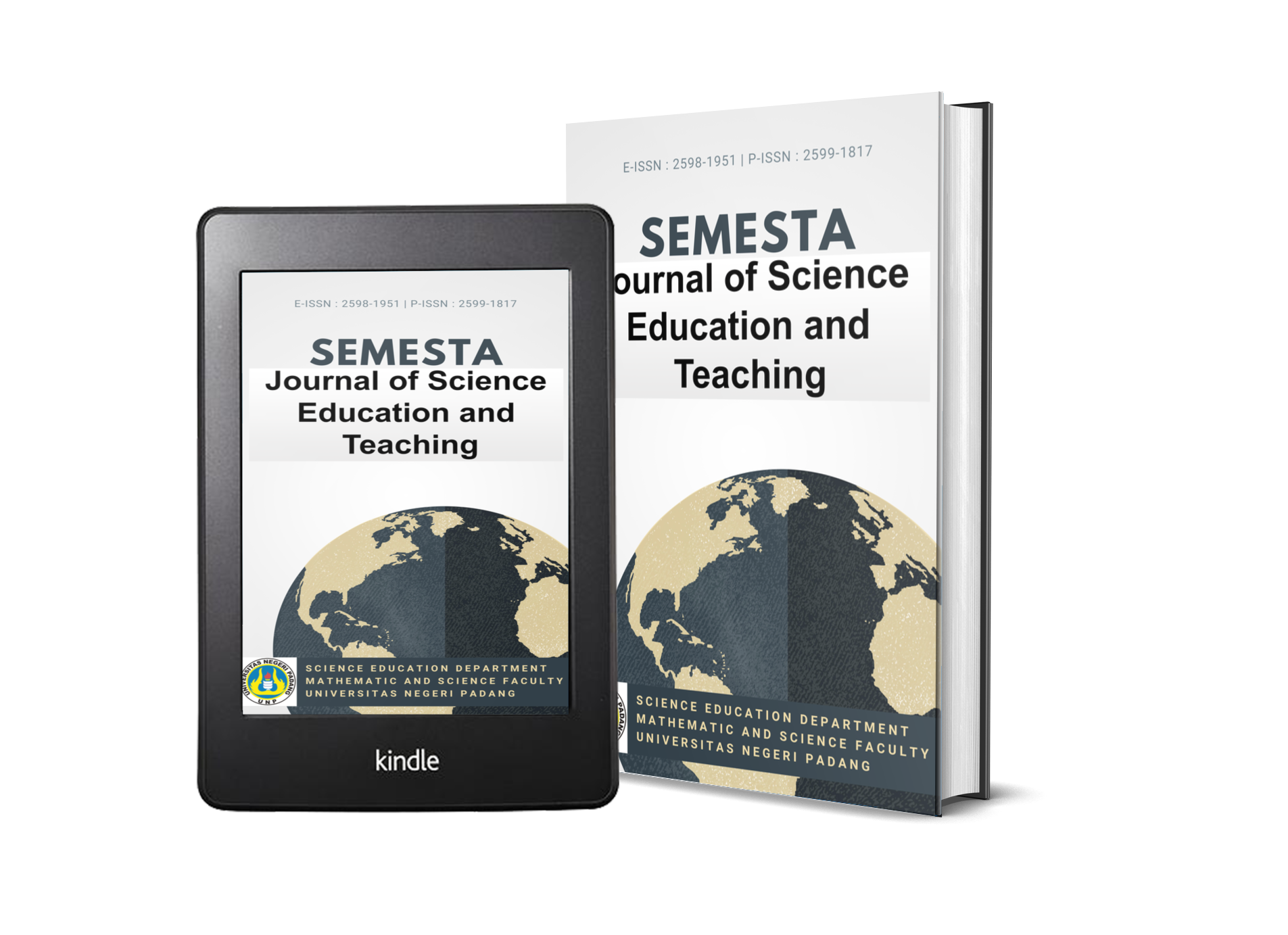BIODIVERSITY OF FLORA AND FAUNA IN THE MADIUN RESIDENCE COMMUNITY TRADITIONAL CEREMONY
DOI:
https://doi.org/10.24036/semesta/vol6-iss1/173Keywords:
Diversity, Flora, Culture, TingkebanAbstract
Indonesia has high biodiversity. One of the efforts in managing biological resources is to use a local wisdom approach. the tingkeban traditional ceremony is one of the products of local wisdom in the Madiun. The tingkeban or mitoni tradition is a ceremony which is performed when you are seven months pregnant. During the ceremony, pregnant women and their husbands are bathed in water from the setaman flower accompanied by special mantras and prayers according to their respective beliefs. The tingkeban ritual in madiun is a form of communication, because it represents community participation, togetherness, mutual cooperation, hospitality, and interaction. The tingkeban tradition in Madiun has characteristics that are different from other tingkeban traditions. This study aims to determine the procession of the traditional tingkeban ceremony and the diversity of flora and fauna used in the tingkeban ceremony in the Madiun Residency. The types of flora and fauna used in the traditional tingkeban ceremony were obtained from the survey results. This study uses a qualitative descriptive approach with data collection techniques through observation and interviews. Based on the results of interviews conducted by researchers with 30 respondents, data was obtained that the tingkeban traditional ceremonial procession in the Madiun Residency consisted of 9 processions including sungkeman, splash, brojolan egg, ivory coconut brojolan, splitting the clove or breaking the ivory. coconut, changing fingers 7 times, nigas kendit, dodolan dawet or rujakan, as well as parties and prayers. Based on data analysis, the classification of flora and fauna species includes regional names, Latin names, families, morphological characteristics and symbolic meanings of these flora and fauna. In this study there were 36 families used in the tingkeban tradition. The flora used in the traditional tingkeban ceremony are fruit (22%), leaves (16%), flowers (13%), seeds (8%), stems (7%), rhizomes (6%), and all parts (3%). While the fauna used in the traditional tingkeban ceremony are meat (4%) and eggs (4%).






